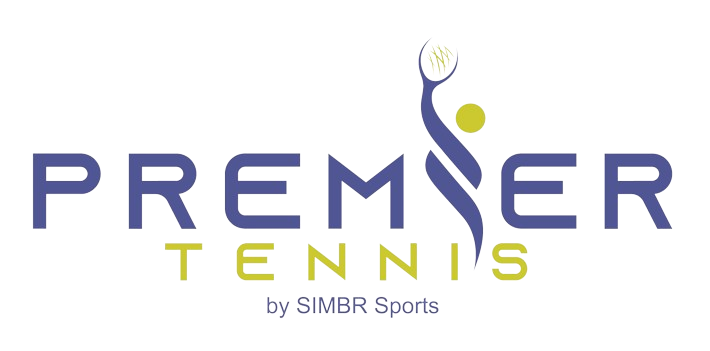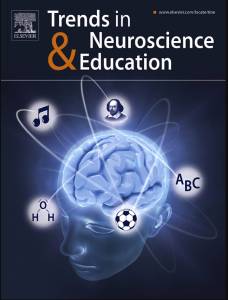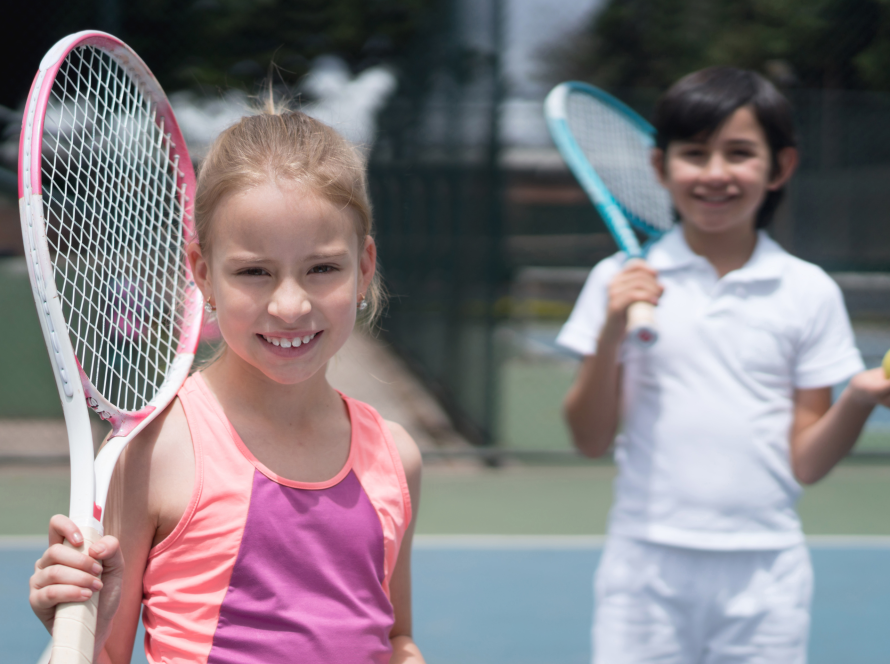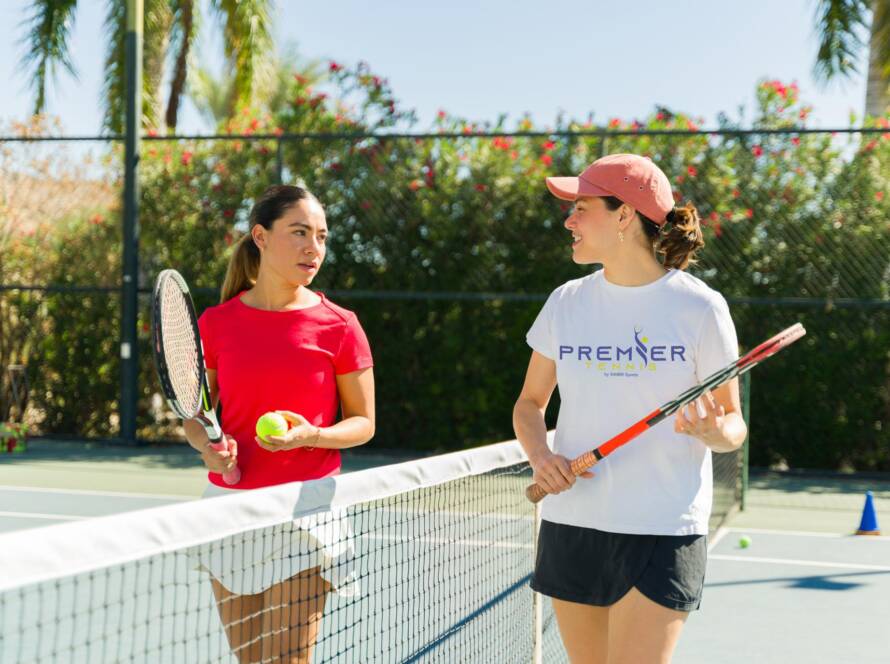We had a successful first series of the Premier Tennis U8 Yonex Red Ball Tournament on 23 November 2024. Congratulations to the winners and all participants! The next series of the tournament will take place this coming Saturday, 14 December 2024. Thank you to Yonex UAE, our main sponsor for this event.
Registration is still open, so feel free to get in touch with me for more information.
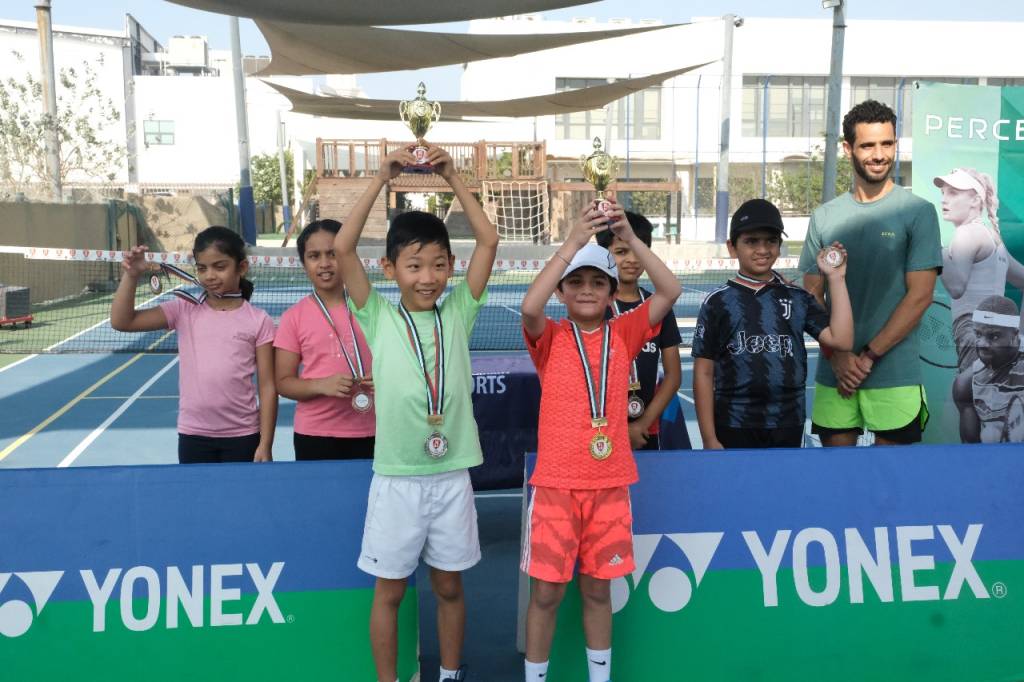
After the tournament, many parents asked me, “How many hours should my child train in tennis?”
Well, it really depends. But speaking from experience, both as a coach and a tennis parent myself, I totally understand what is like.
Tennis is a tough sport. To reach a professional level, or at least to secure a tennis scholarship to play “college tennis” (tennis is one of the sports, along with golf, rowing, baseball, and football to name a few, is eligible for NCAA (National Collegiate Athletic Association) scholarships.), it takes years of hard work, dedication, and commitment not only from the player but also from their parents.
What is your child’s goal in playing tennis?
-
If you want your child to develop skills and play tennis recreationally, to keep them active and encourage a healthy lifestyle, then 2 to 3 hours of tennis training a week is enough.
-
If you want your child to be a competitive tennis player, earn a scholarship to play college tennis, and eventually become a professional on the ATP/WTA tour, then you should read on.
The goal you choose above determines how much time and commitment you and your child have to put into tennis.
1. Factor No 1: Hours of Training
 You might have read Malcolm Gladwell’s bestselling book “Outliers: The Story of Success”. He says that to achieve world-class expertise in any skill including sports, you need 10,000 hours of deliberate practice. That is like practising a skill for about 20 hours a week for a decade! While the applicability of this 10,000 hours rule has been widely debated among researchers, it provides us with important information – starting early is key!
You might have read Malcolm Gladwell’s bestselling book “Outliers: The Story of Success”. He says that to achieve world-class expertise in any skill including sports, you need 10,000 hours of deliberate practice. That is like practising a skill for about 20 hours a week for a decade! While the applicability of this 10,000 hours rule has been widely debated among researchers, it provides us with important information – starting early is key!From my experience as a coach focusing on junior development programme, here’s what I suggest:
For Under 8: The rule is 50% tennis + 50% other sports.
-
4 hours of tennis training per week, i.e., 2 hours of private + 2 hours or group lessons, or 3 hours of private + 1 hour of group lesson if you want to improve more quickly and efficiently with better techniques.
-
Another 4 hours of playing other sports, which includes physical education sessions at school or swimming lessons.
For 9 – 12 years old: The rule is 75% tennis + 25% other sports.
-
5 hours of tennis training per week (mix of private and group lessons, e.g., 3 hours of private + 2 hour of group lessons).
-
1-2 hours of fitness session.
-
Another 2 hours of playing other sports.
For 12 – 14 years old: The rule is 85% tennis + 15% other sports.
-
7 hours of tennis training per week (mix of private and group lessons).
-
3 hours of fitness sessions.
-
Another 2 hours of playing other sports.
I would say this is just the recommended minimum number of hours for training and it doesn’t take into consideration the additional hours you will spend competing in tournaments.
If you are a high-performance player, you may need to dedicate more hours. For comparison, how many hours does a 12-year-old currently attending a high-performance tennis academy in Florida, US, France, or Spain spend on training? For example, at Rafa Nadal Academy in Spain, they spend around 2.5 hours of tennis + 1.5 hours of fitness training every day for 6 days + a few additional hours for physio and mental coaching sessions per week. That’s around 24 to 26 hours a week!
OK now, let’s say you can commit the recommended number of hours. Is this enough to guarantee that your child will become a professional tennis player? The answer is “no“. This should come together with, at least, Factor No. 2 below:
Factor 2: Commitment from both players and parents
Commitment is the key to success. Without it, you won’t be able to achieve your goals.
Let’s look at the famous Sport Commitment Model by Scanlan et. al., (1993). The model proposes that greater (from the + sign) Sport Enjoyment, Personal Investments, Social Constraints, involvement opportunities, and less (from the -ve sign) Involvement Alternatives are the components to lead to an individual commitment to a specific sport.
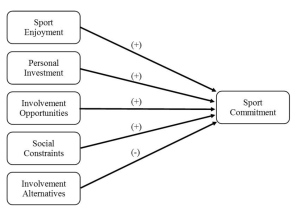
(+) Sports Enjoyment
Sports enjoyment means that if your child is really into tennis and has a good time playing it, they will be more committed.
(+) Personal Investments
How much time, effort, hard work, focus, discipline, and dedication you put into tennis?
Ask yourself: “Is my child disciplined and able to manage time between studies and training? Are they ready to give up screen time on YouTube and TikTok, skip parties or playdates, and even miss out on weekends for training?”
For junior players, academics should remain the top priority. So, effective time management is essential for junior tennis players to succeed in both academics and tennis.
Wait, do you know that many studies show that student athletes often perform better academically than their non-athlete students? A recent study by Y. Kuruda et. al, (2023), entitled Balancing academics and athletics: School-level athletes’ results are positively associated with their academic performance in the Trends in Neuroscience and Education, which focuses specifically on tennis, suggests that participation in tennis (based on data from high school tennis tournament results in Japan) is positively associated with academic performance.
In other words, more hours of tennis training are unlikely to result in poor academic results, so you don’t have to worry. This is because these children are committed, disciplined, hard-working, focused, and generally have positive attitudes.
Tennis also requires full commitment from parents in terms of personal investments, both financially and time. For example, waking up at 5:30 or 6:00 AM on a Saturday morning, preparing breakfast, and then taking your child to the court for a 7:00 AM start might not seem very enjoyable, but it’s all part of family commitments. However, once you establish a routine for the kids, this will eventually foster discipline.
(+) Involvement Opportunities
Involvement opportunities mean if children are given a chance to learn tennis through a proper programme, they will be committed.
(+) Social Constraints
This refer to, for example, pressure from parents, which are theorised to have a positive relationship with commitment.
When parents push their children to play tennis without considering the children’s interests, the commitment to the sport is unlikely to last. However, if parents encourage their children to develop a love for tennis, the children are more likely to be committed, especially knowing that their parents have invested significant resources in their tennis development. This component is a tight rope to be walked very carefully.
(+) Involvement Opportunities
If children are given a chance to learn tennis through a proper programme they will be committed.
(-) Involvement Alternatives
This refer to situations where children may have other alternative activities, e.g., demanding school work and exams, to focus on other sports, or maybe Gen Alpha is more interested in screen-based activities, so their commitment to learning tennis may decline as a result.
Conclusion
Tennis is more than just a sport. Regardless of how far our children may go in their tennis journey, they still gain valuable life lessons and transferable skills through their commitment to tennis. These lessons can be applied in various aspects of their lives.
